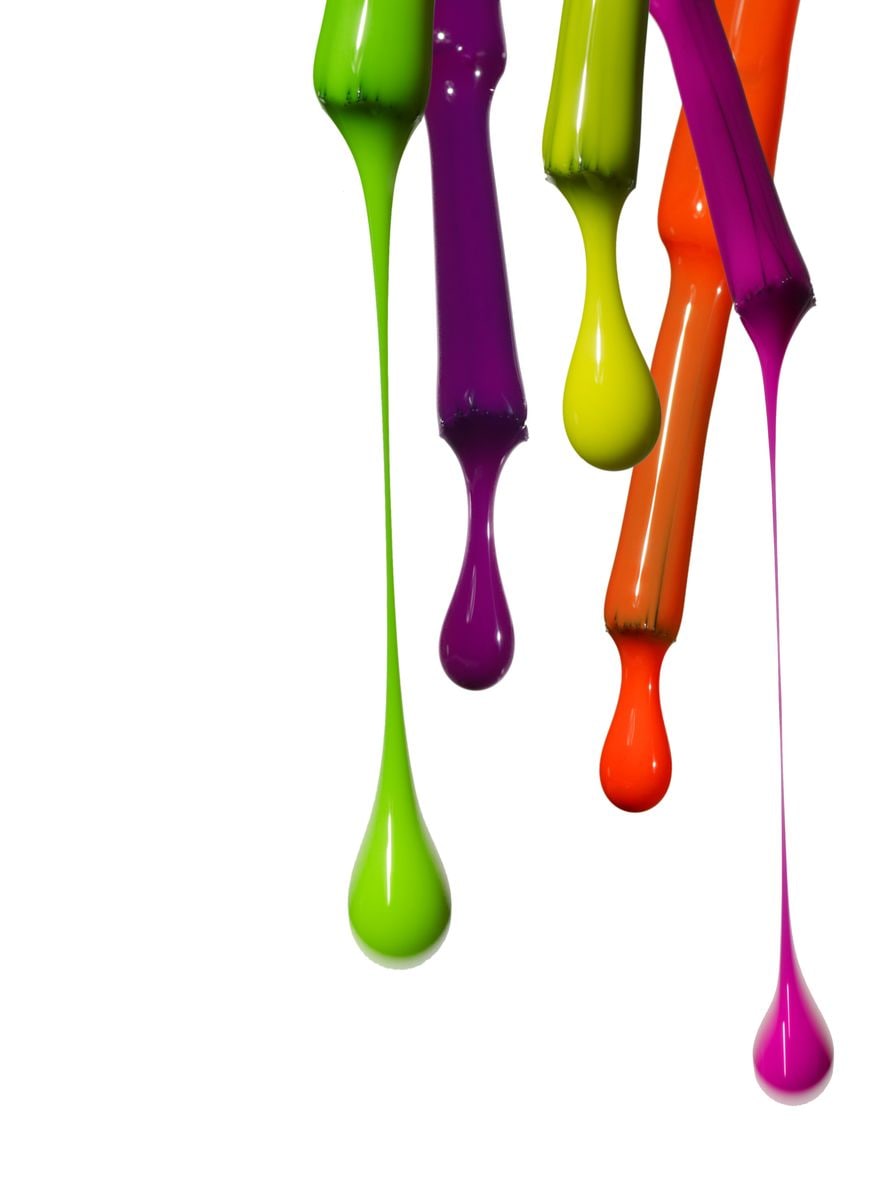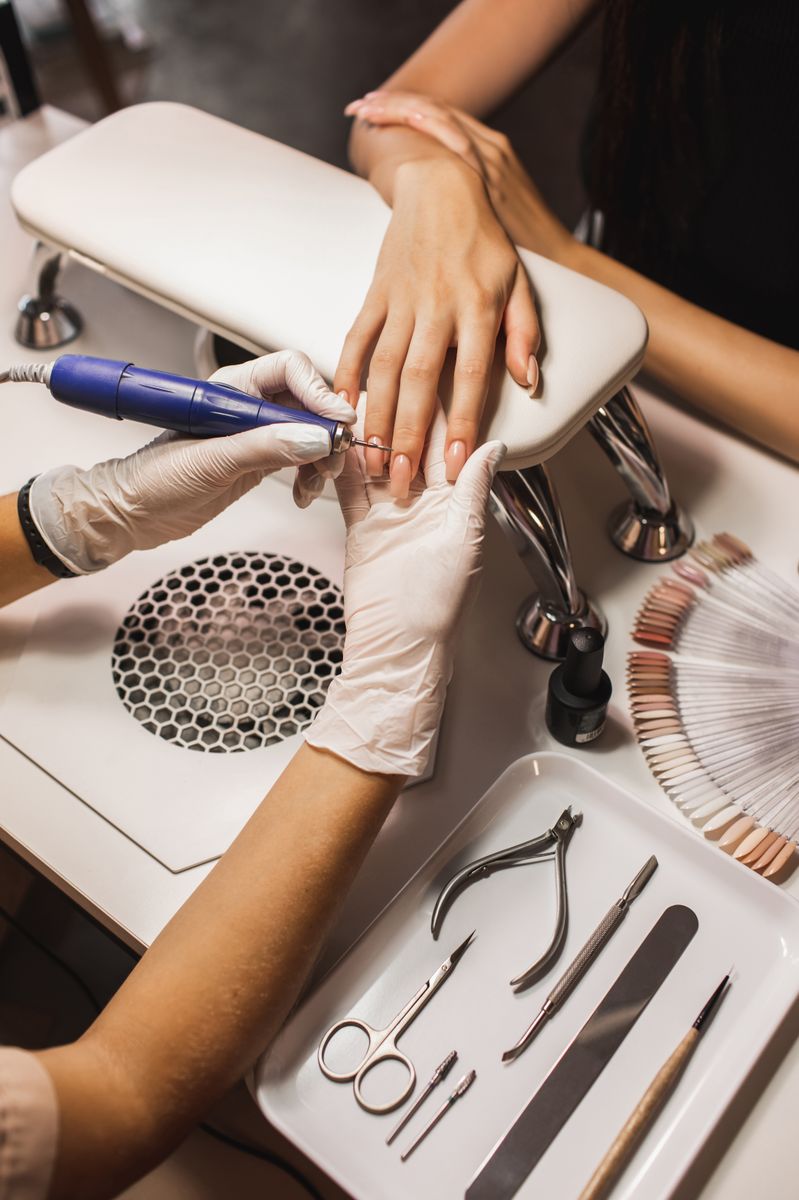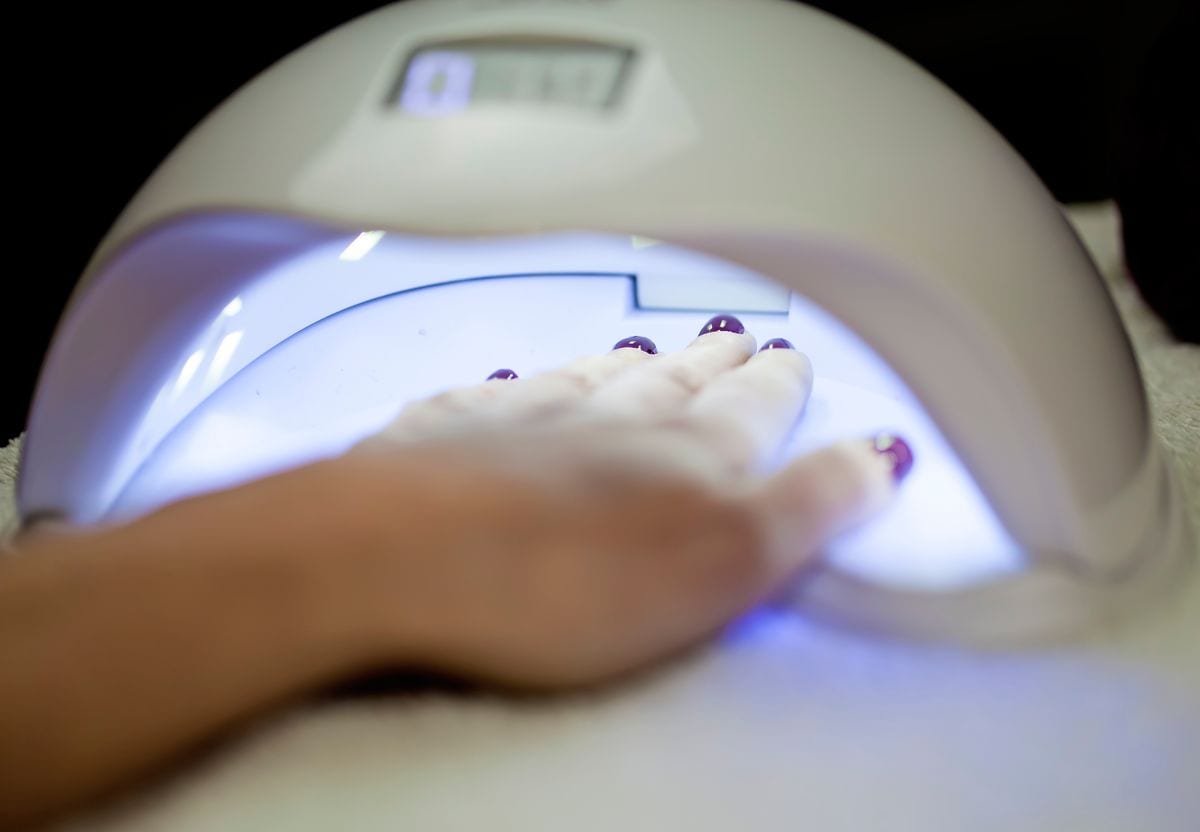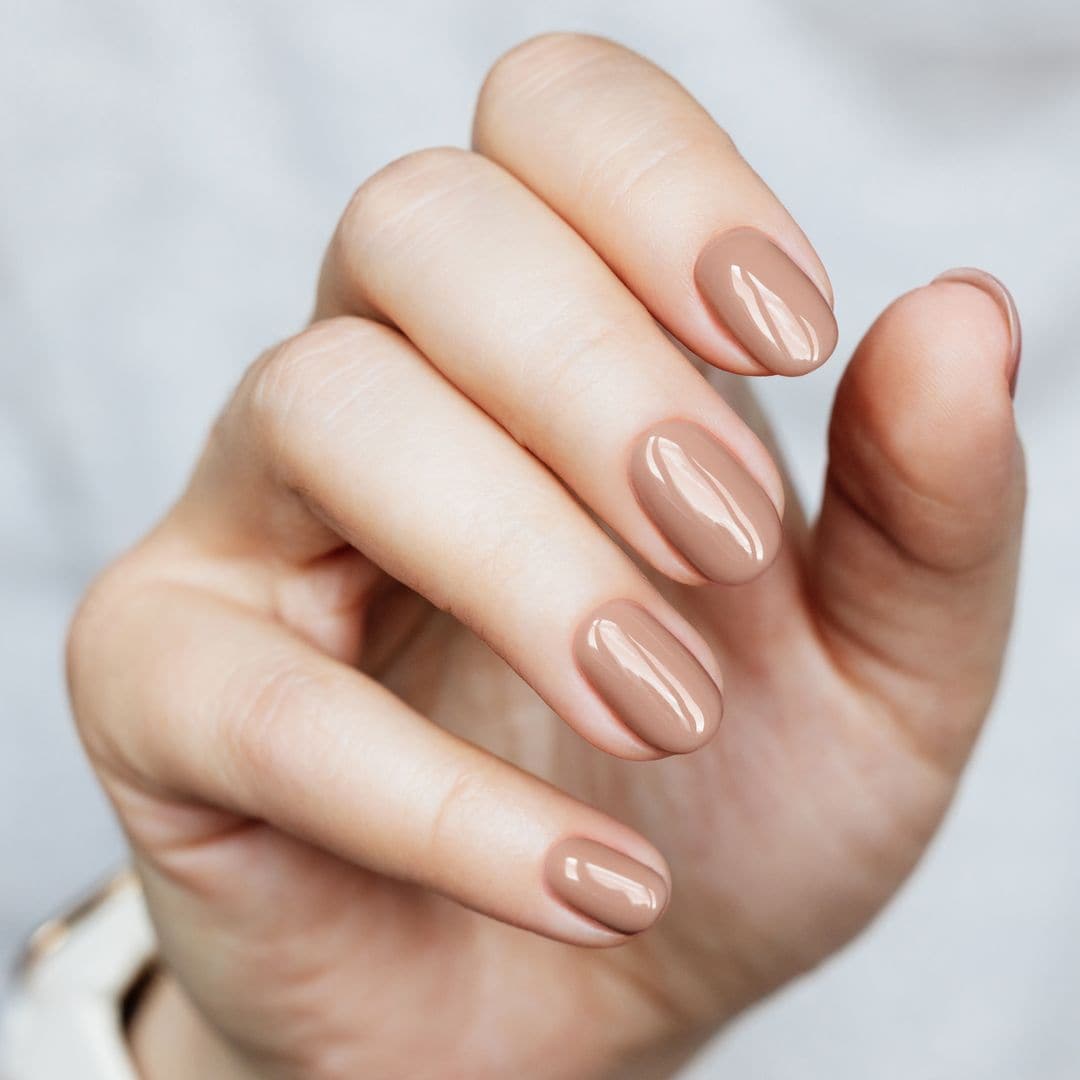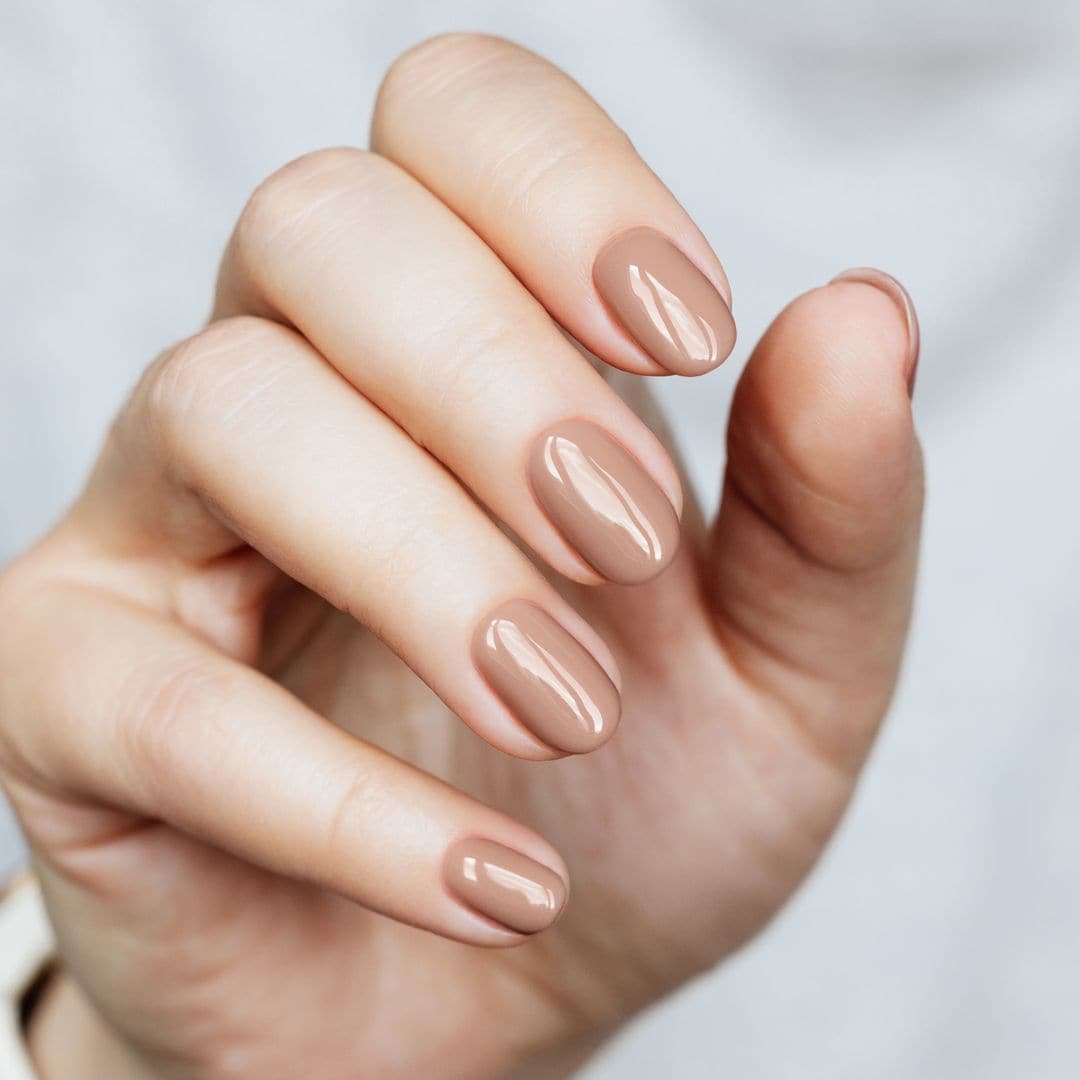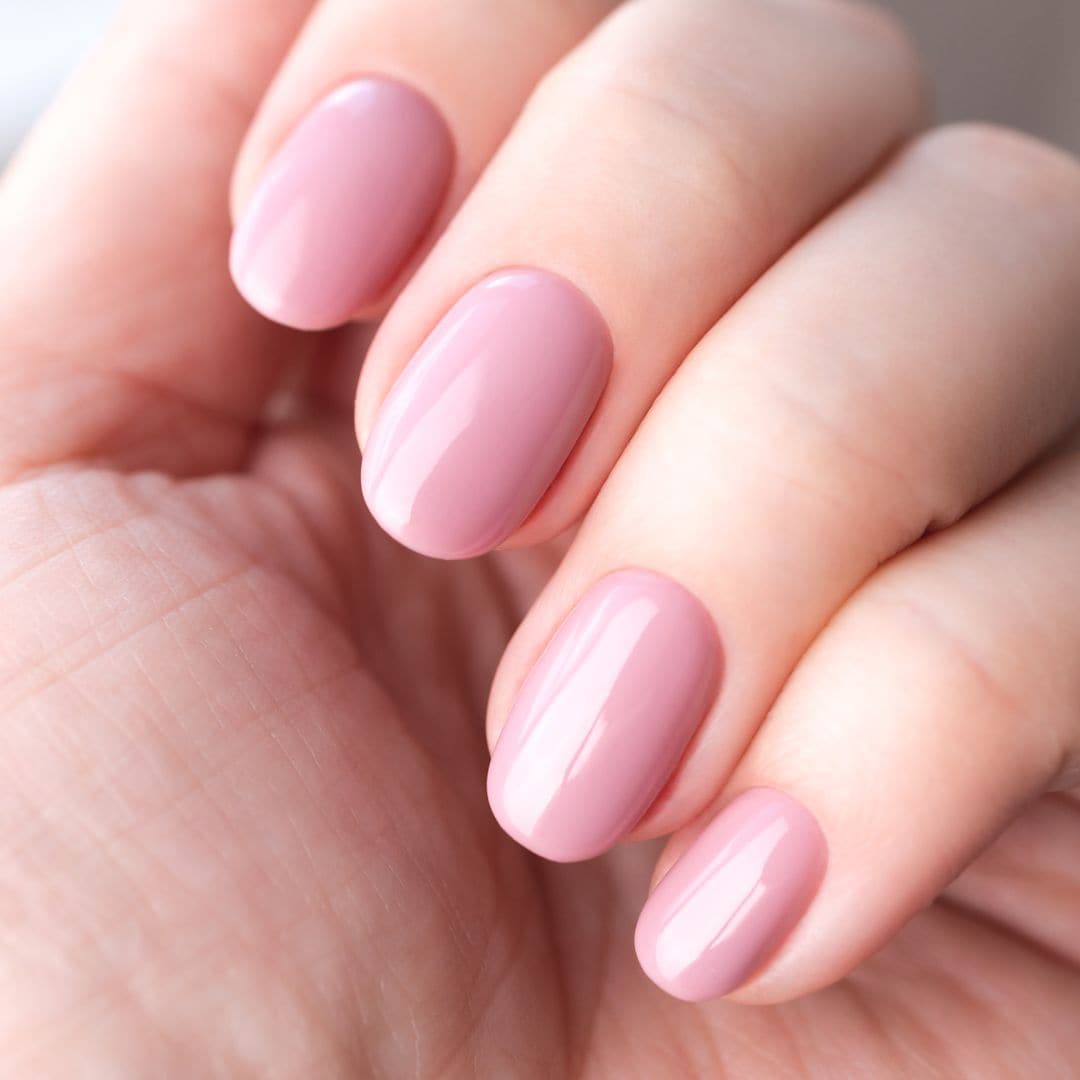From September 1, 2025, the European Union officially banned TPO (trimethylbenzoyl diphenylphosphine oxide), a common ingredient in gel nail polish that delivers that coveted glossy finish and quick-dry magic under UV or LED lamps. But behind the shine lies a darker side.
Studies suggest TPO could harm fertility and reproductive health, prompting regulators to take action. This move has sent ripples through the beauty industry and left nail enthusiasts wondering what it means for their beloved gel manicures.
What Is TPO and Why Was It Banned?
TPO is a photoinitiator, the science-y term for a chemical that helps gel polish harden when exposed to UV or LED light. It’s the reason gel manicures are so durable, chip-resistant, and glossy.
However, EU regulators determined that the risks outweigh the benefits. They labeled TPO as “carcinogenic, mutagenic, or toxic to reproduction.” While most of the research so far has been on animals, not humans, the evidence was alarming enough for the EU to apply its famously strict cosmetic safety laws.
What Does This Mean for Nail Salons and Consumers?
Before the ban, TPO was only allowed in professional products and at concentrations no higher than 5%. Now, it’s a total ban: no sales, no marketing, no salon use, and no grace period for clearing out old stock. Nail salons across Europe must remove any TPO-containing products immediately.
This has sparked frustration among importers and salon owners, who argue they weren’t given enough time to switch to alternative formulas.
Meanwhile, in the US, TPO is still unregulated. Consumers concerned about exposure should be proactive. The good news is that many brands are already ahead of the curve with TPO-free gel polishes, including OPI’s Intelli-Gel system, Aprés Nail, Aimeili, and more. If you’re heading to the salon, you can ask specifically for TPO-free products.
Beyond TPO: Other Risks of Gel Nails
TPO isn’t the only potential hazard lurking in gel manicures. Experts point to a few other risks, including the curing lamps, which may increase the risk of skin cancer with repeated use. They also warn that thinning or weakening the nail plate before applying gels can cause brittleness.
The risks extend to bacterial infections, as letting gels grow out too long can create tiny gaps where Pseudomonas bacteria sneak in. Known as “greenies,” this infection turns nails a greenish-blue and can be especially dangerous for people with weakened immune systems.
How to Protect Yourself if You Love Gel Nails
If you’re not ready to break up with gel manicures, here are some dermatologist-approved tips to minimize risks:
- Opt for TPO-free brands whenever possible.
- Take breaks between manicures to let your nails breathe.
- Always use a protective base coat.
- Apply sunscreen to your hands before curing under UV lamps, or use protective gloves with cut-out fingertips.
- Ensure the salon is well-ventilated to avoid inhaling fumes.
The EU’s decision to ban TPO marks another big moment in its ongoing mission to prioritize consumer safety, even if the science isn’t fully settled yet. For beauty lovers, it’s a reminder that what goes on your nails can affect much more than just your manicure.

